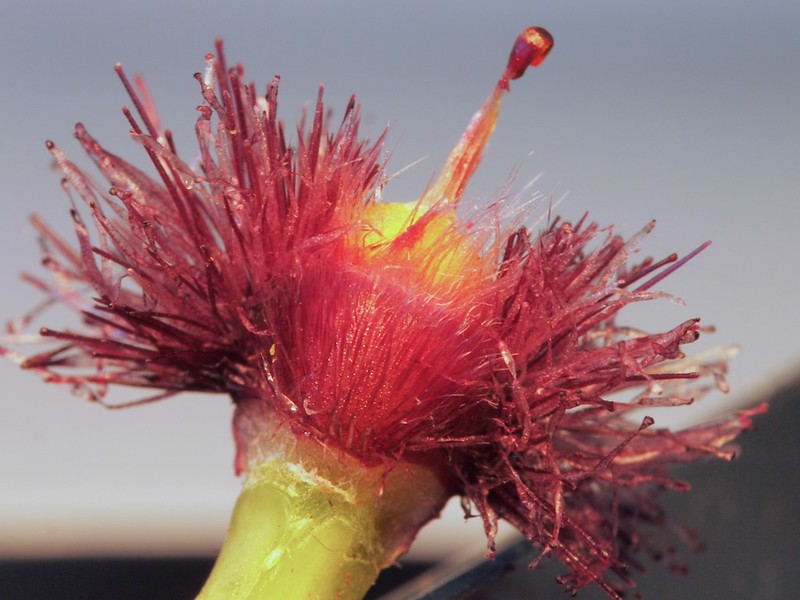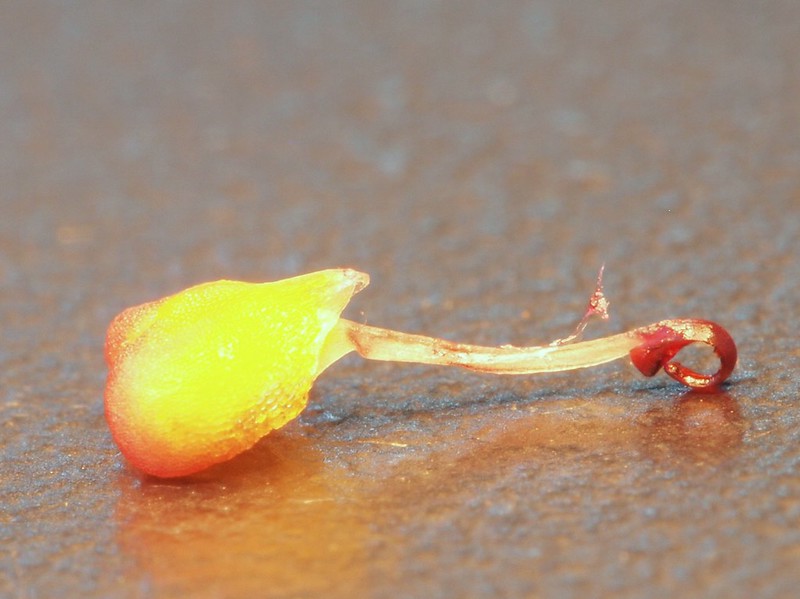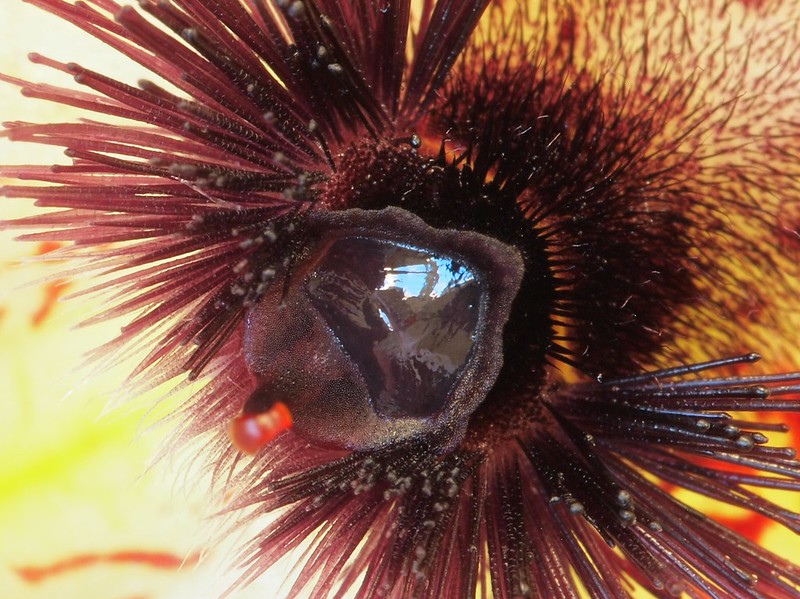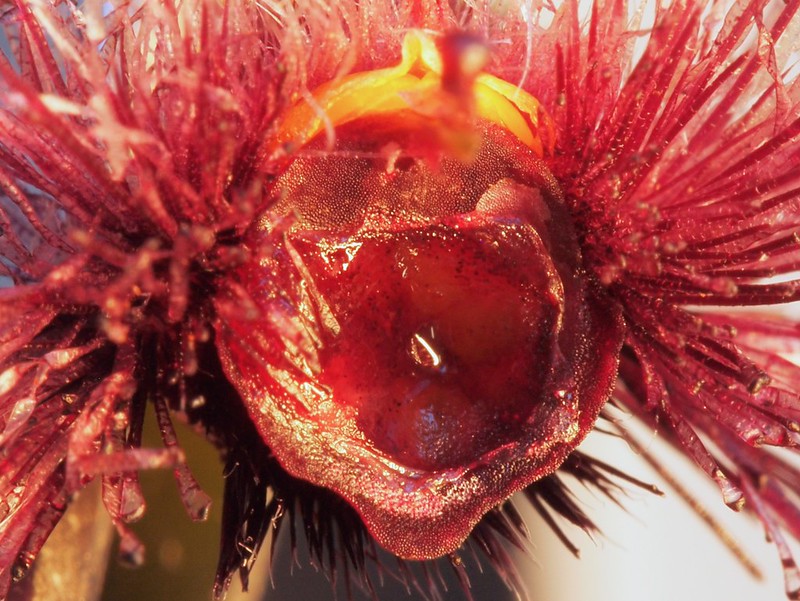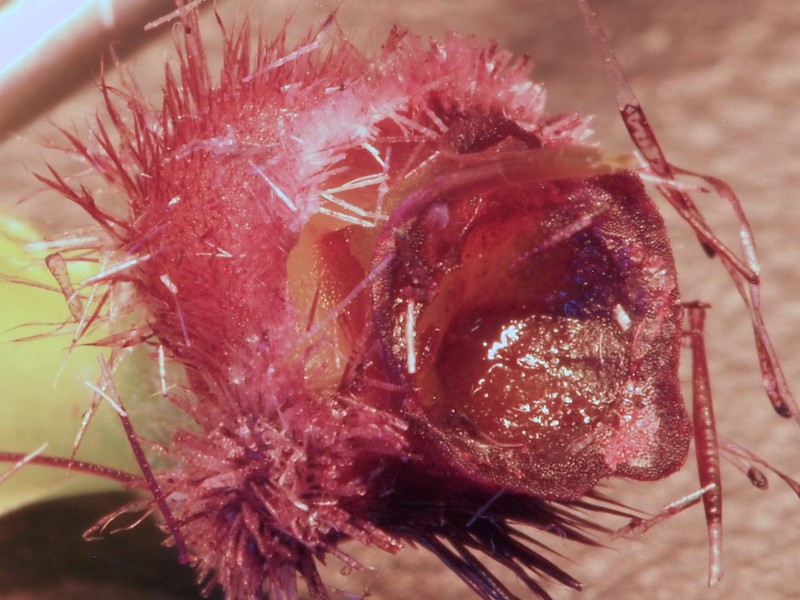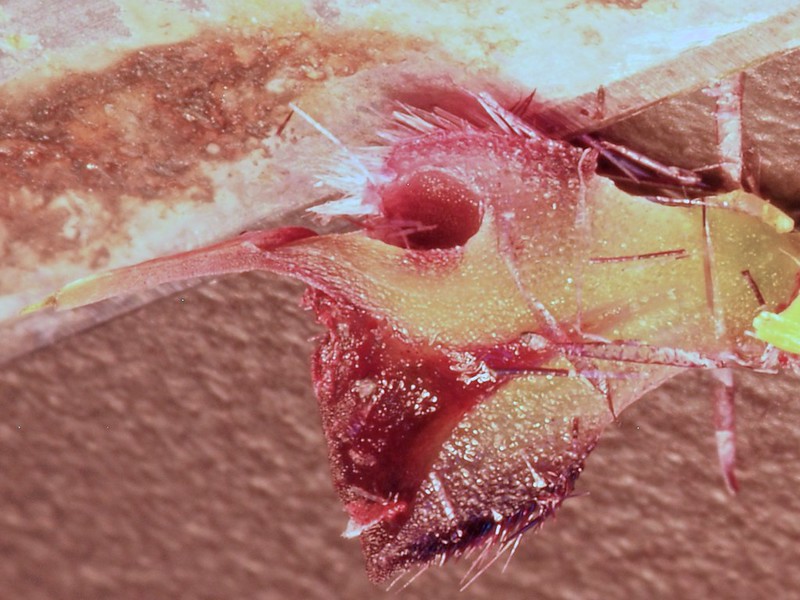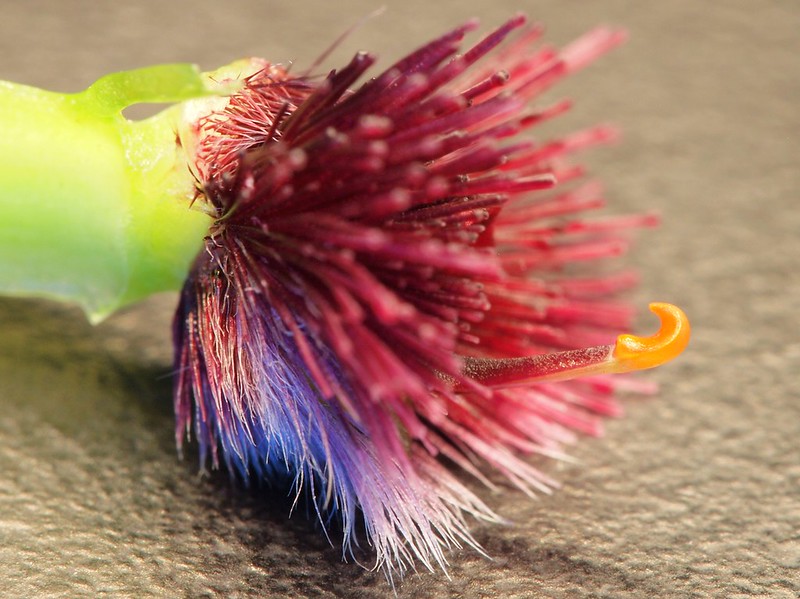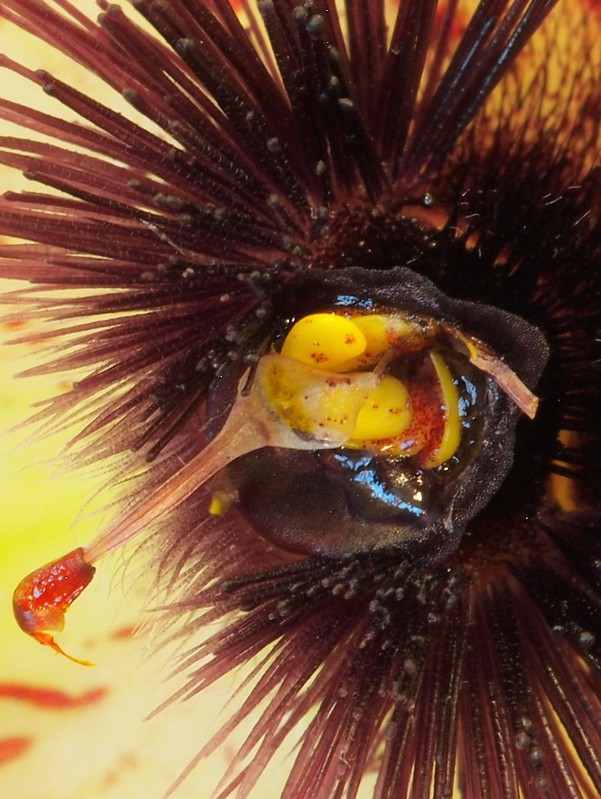naoki
Well-Known Member
I got this Telipogon collantesii from Peruflora in May 2014 (Redland). There aren't so many photos/info of this species on the web. It seems to be endemic to Peru. The flower of mine is similar to photos of IOSPE and a book (Orchids: Species of Peru by Harry Zelenko and Pablo Bermúdez), but if you can tell me whether the ID is correct or not (and whatever info), I appreciate it.
It attempted to bloom in the summer (around Aug), but the buds got blasted (the plant wasn't completely acclimated). But soon it made next round of inflorescence. This time it flowered successfully. It's been only seven months under my condition, so I don't know if I can keep it alive for longer. Probably I got lucky with this vigorous individual; the roots grow really rapidly. I previously posted the pre-bloom photo of this plant in Gary's (Thithor) thread. I probably want to dissect this flower, but I'll try to self-fertilize the next flower if I get a chance.

Telipogon collantesii on Flickr
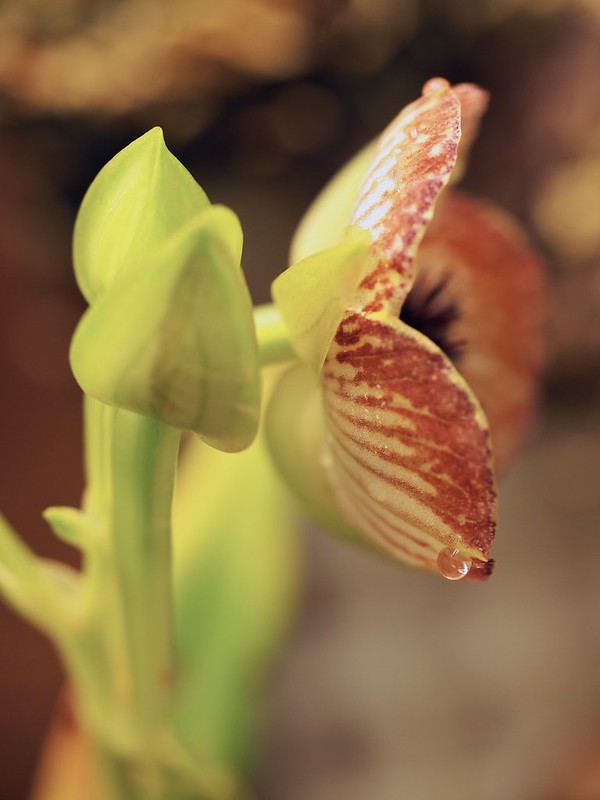
Telipogon collantesii flower backside on Flickr
 Telipogon collantesii close-up on Flickr
Telipogon collantesii close-up on Flickr
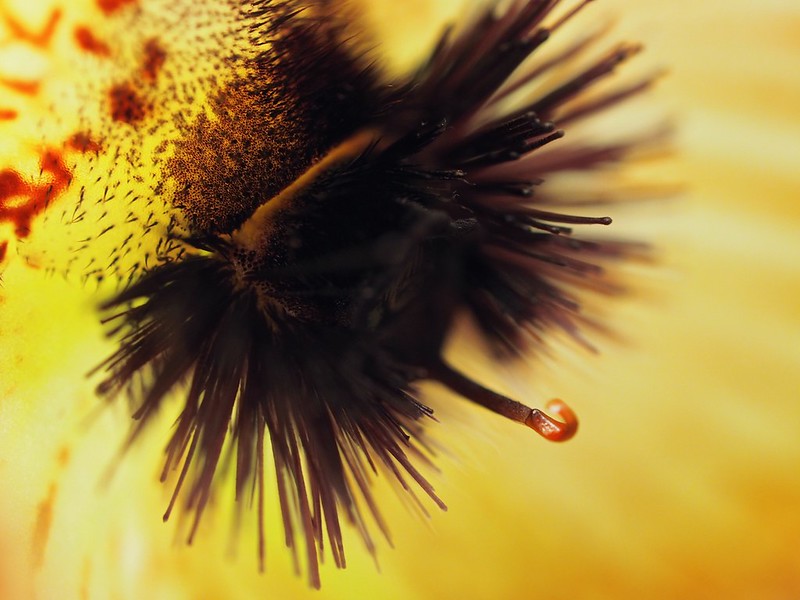
Telipogon collantesii hook on Flickr
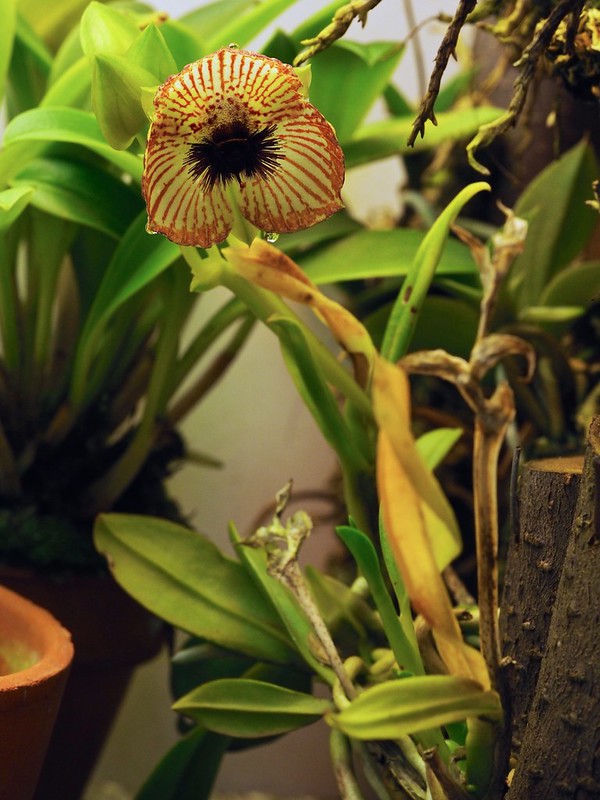
Telipogon collantesii plant on Flickr
I didn't have my usual photo gears with me, and I had only 15 min. to take photos (my son was waiting for me to go to New Year's Eve fireworks), so I'm not completely happy with the photos. The color is slightly too yellow (leaves aren't really yellowish like the last plant photo), DOF is too shallow etc.
Current culture condition:
Temperature: 20C day, 9C night
Relative Humidity: constant 80%
Light: 13h day, photosynthetic photon flux density (PPFD) of 120 micromol/m^2/s from florescent light
Water: RO water from MistKing twice a day (50 seconds each), the roots dry completely before watering.
Fertilizer etc.: Dyna-Gro Grow at 20ppmN + equal amount of Dyna-Gro ProTeKt + Seaplex Kelp (1TBS/gallon) + 4 tablets of 325mg aspirin per gallon. I spray this mixture about 2-3 times per week. Very recently I started to add 2TBS/gallon of "activated" EM-1.
Mounted on 3cm diameter Chokecherry branch (from my garden) with minimum sphag.
It attempted to bloom in the summer (around Aug), but the buds got blasted (the plant wasn't completely acclimated). But soon it made next round of inflorescence. This time it flowered successfully. It's been only seven months under my condition, so I don't know if I can keep it alive for longer. Probably I got lucky with this vigorous individual; the roots grow really rapidly. I previously posted the pre-bloom photo of this plant in Gary's (Thithor) thread. I probably want to dissect this flower, but I'll try to self-fertilize the next flower if I get a chance.

Telipogon collantesii on Flickr

Telipogon collantesii flower backside on Flickr
 Telipogon collantesii close-up on Flickr
Telipogon collantesii close-up on Flickr
Telipogon collantesii hook on Flickr

Telipogon collantesii plant on Flickr
I didn't have my usual photo gears with me, and I had only 15 min. to take photos (my son was waiting for me to go to New Year's Eve fireworks), so I'm not completely happy with the photos. The color is slightly too yellow (leaves aren't really yellowish like the last plant photo), DOF is too shallow etc.
Current culture condition:
Temperature: 20C day, 9C night
Relative Humidity: constant 80%
Light: 13h day, photosynthetic photon flux density (PPFD) of 120 micromol/m^2/s from florescent light
Water: RO water from MistKing twice a day (50 seconds each), the roots dry completely before watering.
Fertilizer etc.: Dyna-Gro Grow at 20ppmN + equal amount of Dyna-Gro ProTeKt + Seaplex Kelp (1TBS/gallon) + 4 tablets of 325mg aspirin per gallon. I spray this mixture about 2-3 times per week. Very recently I started to add 2TBS/gallon of "activated" EM-1.
Mounted on 3cm diameter Chokecherry branch (from my garden) with minimum sphag.






